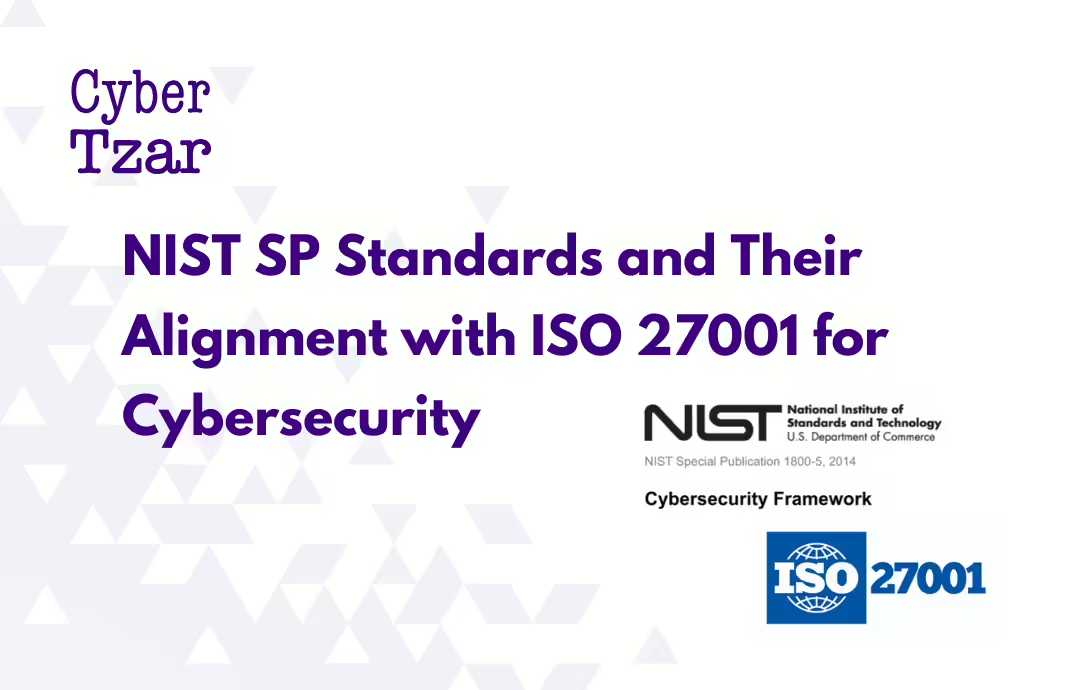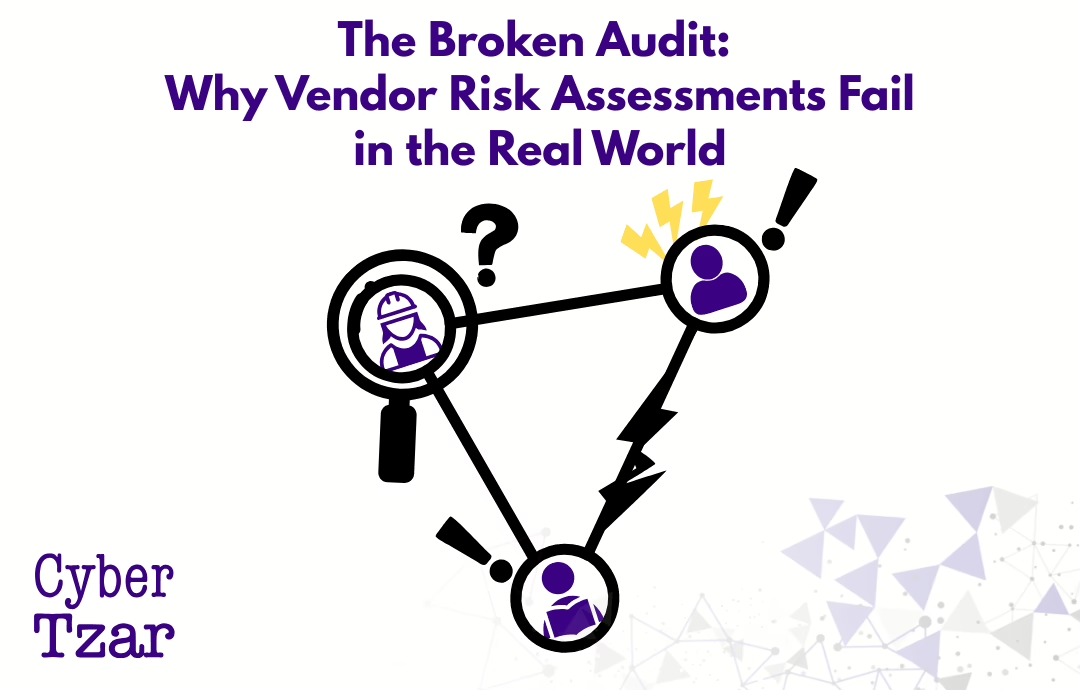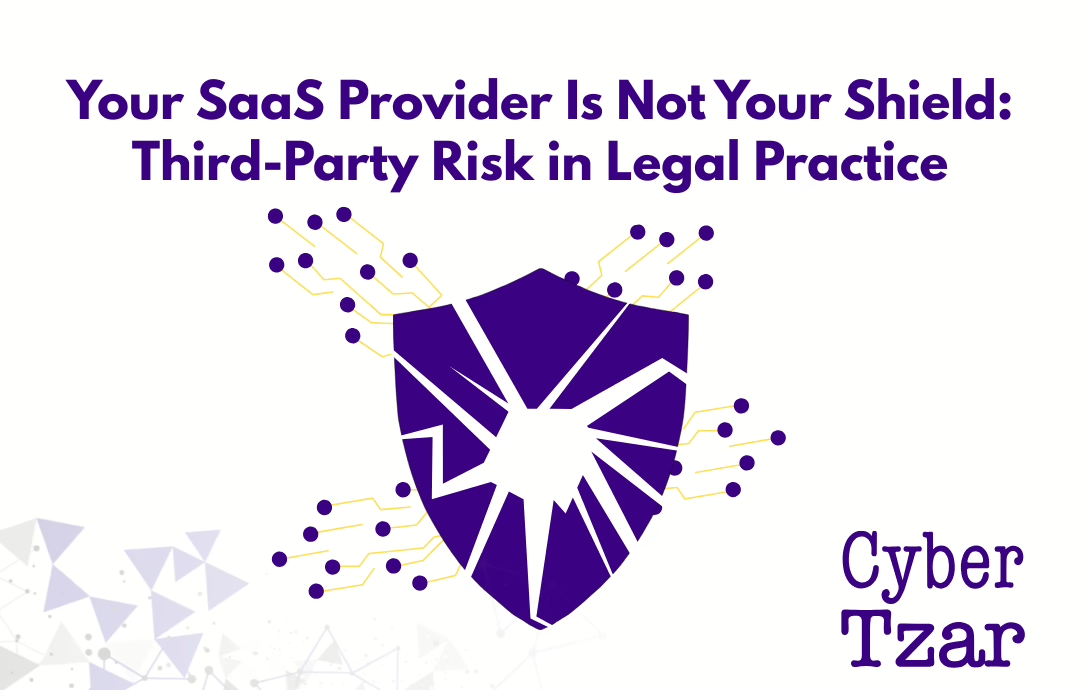A Comprehensive Guide to NIST SP Standards and Their Alignment with ISO 27001 for Cybersecurity Controls
In today’s rapidly evolving cybersecurity landscape, organisations must adopt robust standards to safeguard their information systems. Two of the most significant frameworks guiding these efforts are the National Institute of Standards and Technology’s (NIST) Special Publications (SP) and ISO/IEC 27001, the international standard for Information Security Management Systems (ISMS). These standards provide crucial guidelines and best practices to manage cybersecurity risks and ensure compliance with various regulations.
This guide will walk you through the key NIST SP standards most relevant to establishing strong cyber controls and explain how they map to ISO 27001, allowing organisations to build a comprehensive security programme.
Key NIST SP Standards for Cybersecurity
NIST publishes several Special Publications that provide organisations with a framework to secure information systems, manage risks, and respond to cybersecurity threats. Let’s explore the major NIST SPs that are widely adopted across industries:
1. NIST SP 800-53: Security and Privacy Controls for Information Systems and Organisations
- Overview: NIST SP 800-53 is the most comprehensive catalogue of security and privacy controls, covering areas such as access control, incident management, and risk assessment. It supports the management of confidentiality, integrity, and availability of information.
- Use Case: This standard is widely used in both government and private industries to implement robust security controls, often forming the foundation of an organisation’s security posture. It’s a key element of the Risk Management Framework (RMF).
2. NIST SP 800-171: Protecting Controlled Unclassified Information (CUI) in Non-Federal Systems
- Overview: Designed to protect sensitive government information shared with contractors and third parties, SP 800-171 lays out specific security requirements for managing Controlled Unclassified Information (CUI).
- Use Case: Businesses contracting with the US government often use SP 800-171 to ensure compliance when handling CUI, which is crucial for maintaining contractual and regulatory obligations.
3. NIST SP 800-37: Risk Management Framework (RMF) for Information Systems
- Overview: The RMF, described in SP 800-37, provides a structured approach for risk-based decision-making to secure information systems. The RMF includes steps such as categorising information systems, selecting and implementing controls, and monitoring risks.
- Use Case: It is used by federal agencies and organisations implementing risk-based security practices to align with NIST’s security controls.
4. NIST SP 800-30: Guide for Conducting Risk Assessments
- Overview: SP 800-30 helps organisations conduct risk assessments by identifying threats and vulnerabilities, assessing their potential impact, and suggesting mitigation strategies.
- Use Case: This guide is used to perform detailed risk assessments, supporting organisations in developing effective risk management strategies.
5. NIST SP 800-39: Managing Information Security Risk
- Overview: This document provides an enterprise-wide approach to risk management, focusing on integrating risk management at strategic, mission, and operational levels.
- Use Case: It is particularly useful for organisations implementing risk management across their entire IT infrastructure and business operations.
6. NIST SP 800-61: Computer Security Incident Handling Guide
- Overview: NIST SP 800-61 offers guidelines on establishing and maintaining an effective incident response capability. It outlines processes for incident detection, containment, eradication, and recovery.
- Use Case: Organisations use this guide to develop incident response plans and manage cybersecurity incidents effectively.
7. NIST SP 800-88: Guidelines for Media Sanitisation
- Overview: This guide details secure methods for disposing of data stored on electronic devices, such as overwriting, degaussing, and physical destruction.
- Use Case: It is essential to ensure that sensitive information is securely removed from media before disposal or reuse.
Mapping NIST SP Standards to ISO 27001 Controls
Although NIST SP and ISO 27001 have different origins, they share many common goals. ISO 27001 is an internationally recognised standard for managing information security, focusing on the establishment, implementation, and continual improvement of an ISMS. Here’s how key NIST SPs map to ISO 27001:
NIST SP 800-53 ↔ ISO 27001
- Alignment: NIST SP 800-53 is highly aligned with the control objectives of ISO 27001 Annex A, which covers security controls like access management, incident response, and risk management. Organisations often use NIST’s more detailed technical controls to support the higher-level management controls outlined in ISO 27001.
- Key ISO Areas:
- Risk management (ISO 27001: Clause 6.1)
- Access control (Annex A.9)
- Incident management (Annex A.16)
NIST SP 800-171 ↔ ISO 27001
- Alignment: NIST SP 800-171 supports ISO 27001 Annex A controls related to the protection of sensitive information, including encryption, access control, and incident handling.
- Key ISO Areas:
- Encryption and cryptography (Annex A.10)
- Incident management (Annex A.16)
NIST SP 800-37 ↔ ISO 27001
- Alignment: NIST’s Risk Management Framework (SP 800-37) provides detailed guidance that aligns well with ISO 27001’s risk assessment and treatment requirements.
- Key ISO Areas:
- Risk assessment and treatment (Clause 6.1)
- Risk management process (Annex A.18)
NIST SP 800-39 ↔ ISO 27001
- Alignment: SP 800-39’s enterprise-wide risk management principles align with ISO 27001’s requirement to manage risks at all levels, including business and operational processes.
- Key ISO Areas:
- Risk management (Clause 6.1)
- Continuous improvement (Clause 10)
NIST SP 800-61 ↔ ISO 27001
- Alignment: NIST SP 800-61 provides incident handling procedures that map directly to ISO 27001’s incident management controls.
- Key ISO Areas:
- Incident response (Annex A.16)
- Business continuity (Annex A.17)
NIST SP 800-88 ↔ ISO 27001
- Alignment: SP 800-88’s guidelines on secure media sanitisation complement ISO 27001 controls on asset management and media handling.
- Key ISO Areas:
- Asset disposal (Annex A.8)
How NIST SP Standards Enhance an ISO 27001-Compliant ISMS
By mapping NIST SP standards to ISO 27001, organisations can benefit from a more comprehensive security posture. NIST SP standards, particularly those like SP 800-53 and SP 800-171, provide detailed technical controls that enhance the broader management-focused framework of ISO 27001. This combination allows organisations to implement robust, detailed security practices while meeting international compliance requirements.
Conclusion
NIST Special Publications and ISO 27001 are both essential to modern cybersecurity strategies. Whether you’re operating in a government-regulated sector or pursuing ISO 27001 certification, using NIST SP standards alongside ISO 27001 ensures that you have both the strategic and technical controls necessary for a secure information system.
Stay tuned to our blog for more insights into cybersecurity standards and best practices!


